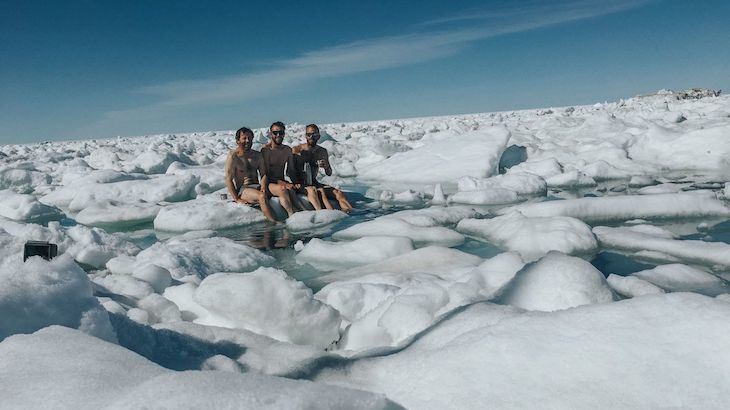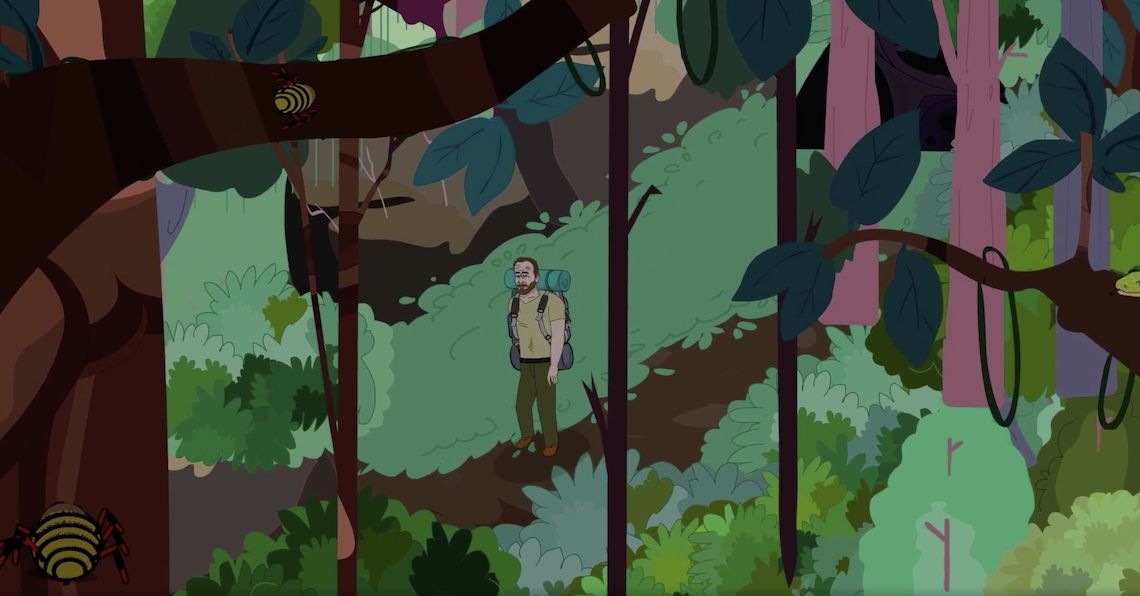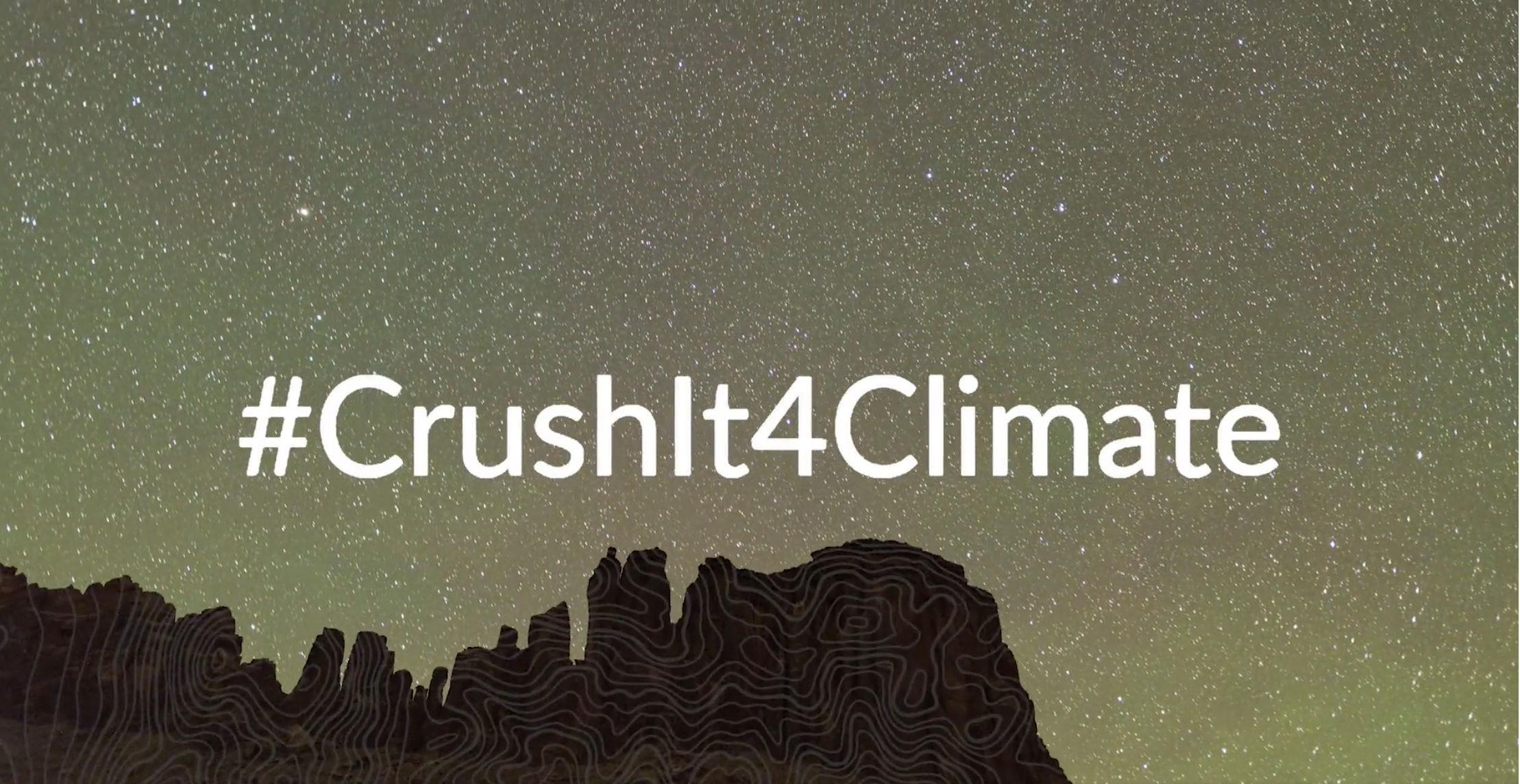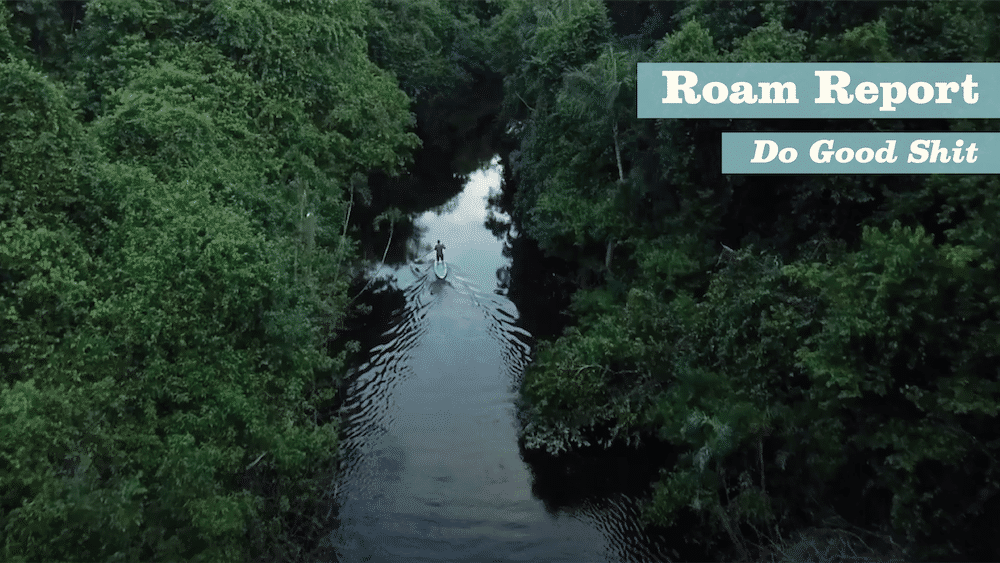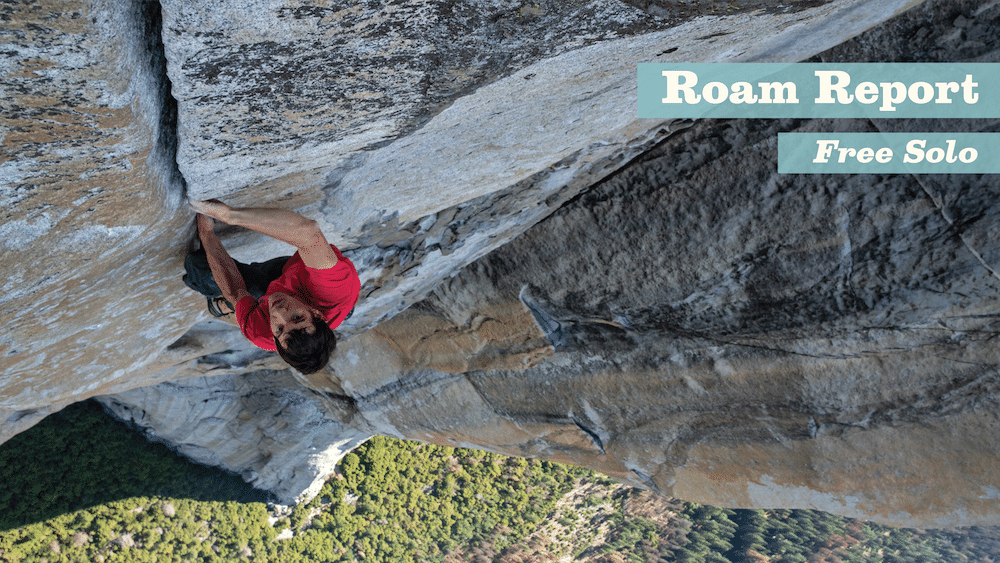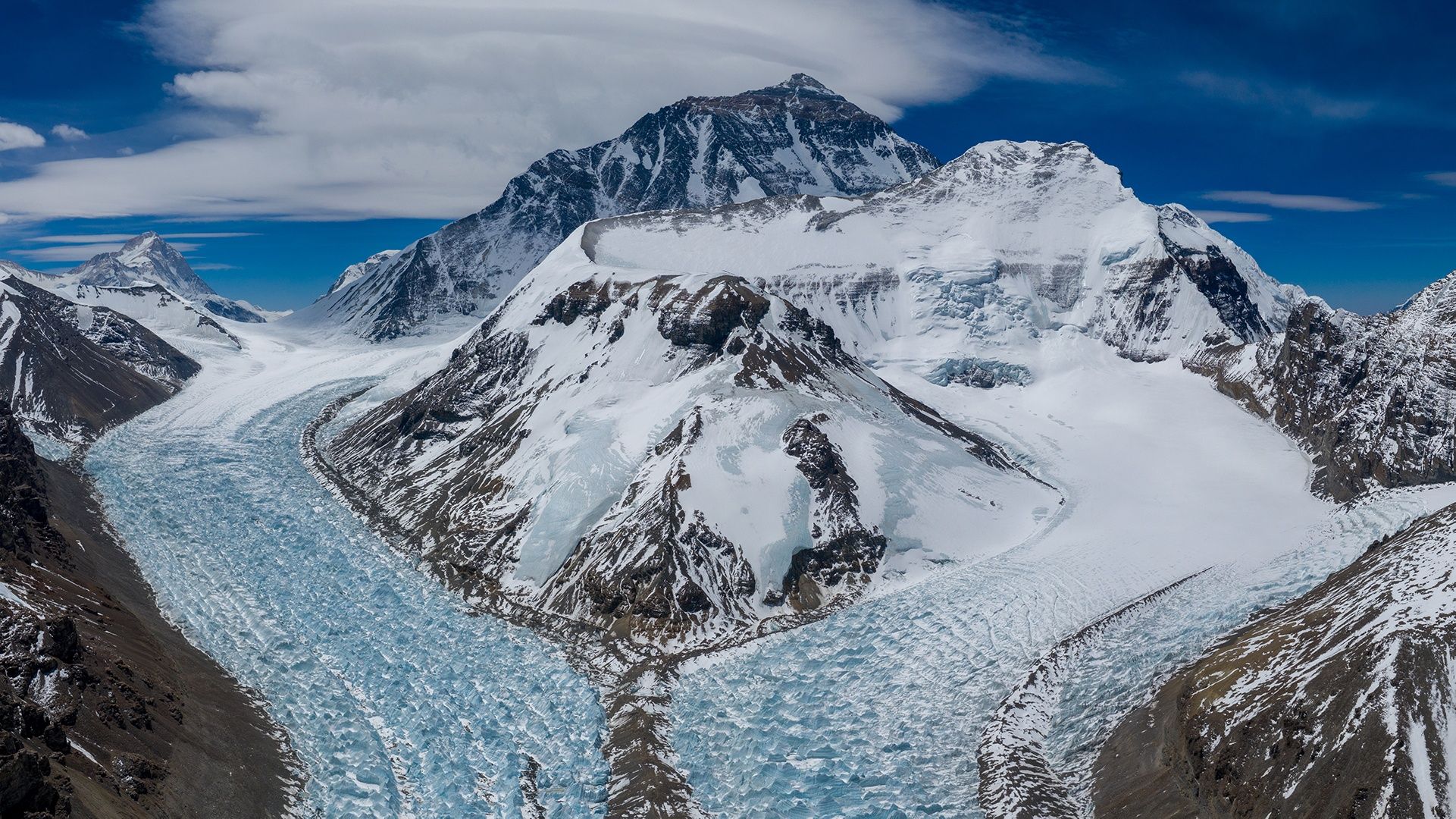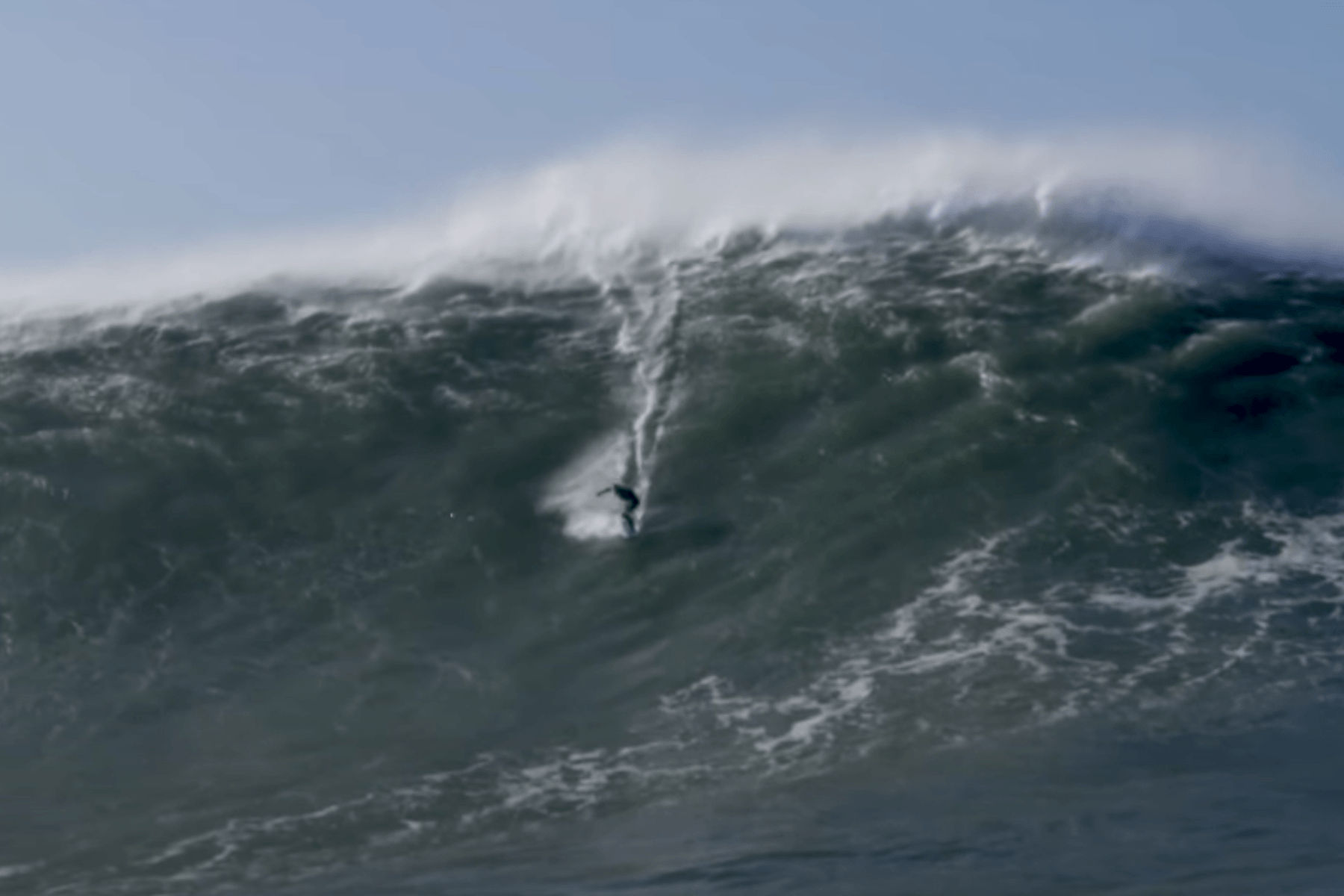Tompkins Conservation
Tompkins Conservation with Patagonia
Tompkins Conservation hands over signature parks to Chile.
From the The North Face, Esprit, and Patagonia, many amazing things have come. They set the standard for quality in adventure clothing and gear, the pinnacle of comprehensive design principles, and ongoing leadership in environmental stewardship. After selling his interest in Esprit, Doug Tompkins turned his attention toward southern Chile, where he had spent much time climbing, kayaking, and skiing, to focus on land conservation and environmental activism. A few years later he would meet and eventually marry Kristine McDivitt, the former CEO of Patagonia, and from then on the two worked together on conservation projects.
Today it is announced that concluding the largest private land donation in history, Kristine Tompkins, President of Tompkins Conservation and UN Patron of Protected Areas, made the formal hand over of Pumalín and Patagonia Parks to the Chilean state in a ceremony in Pumalín Douglas Tompkins Park. Representing the Chilean state were the Minister of Agriculture, Antonio Walker, and the Executive Director of Conaf, José Manuel Rebolledo.
This is what real leadership looks like, and we should be forever grateful that we’re seeing it in the elders of the outdoor adventure community.
This event finalizes the 2017 protocol agreement between the Chilean government and Tompkins Conservation to create five national parks and expand three others with Tompkins Conservation’s donation of over 1 million acres and land contributed by the state. These expanded protections position Patagonia, now home to 91% of the acreage of protected lands in Chile, as a model for future conservation. It has also propelled the vision for The Route of Parks of Patagonia, a scenic 1,700-mile conservation route of 17 national parks spanning from Puerto Montt to Cape Horn.
Kristine Tompkins stated, “After years of work together with Doug and the team at Tompkins Conservation we have achieved our dream. The parks that we created with so much love are now national parks which belong to everyone. The real work begins now. Taking care of these parks will not only be the responsibility of the government, but also the work of society, of each one of us, so that this patrimony may be conserved and protected for the future.”
Tompkins Conservation continues to collaborate with Argentina and Chile in large-scale conservation projects. To date, the nonprofit organization has helped conserve more than 14.2 million acres, creating national parks, in collaboration with governments, other NGOs, and philanthropic partners. Tompkins Conservation is also dedicated to marine conservation and rewilding extinct and endangered species in the Southern Cone.
Pumalín Douglas Tompkins National Park
Total area: 994,332 acres
Tompkins Conservation donation: 724,853 acres
In 1992, the foundation created by Douglas Tompkins began acquiring large tracts of temperate rainforest with the goal of their permanent conservation, in what is now Pumalín Douglas Tompkins National Park. This new national park protects 25% of Chile’s endangered alerce forest, a protected species with individuals over 3000 years old, in addition to lakes, waterfalls and volcanoes. Fauna includes pudu (a minature deer), puma, Commerson’s dolphin, Darwin’s frog and Chile’s only marsupial, the rare monito del monte. Park infrastructure includes a cafe, cabins, campgrounds, an information center and 11 trails. It’s located 114 miles south of the regional capital of Puerto Montt, accessible by road and ferry, on the Carretera Austral. http://www.parquepumalin.cl/en/#modal
Patagonia National Park
Total area: 752,503 acres
Tompkins Conservation donation: 206,983 acres
Patagonia National Park features the greatest terrestrial biodiversity in the region, with habitats ranging from Patagonian steppe to lenga forest and wetlands. It’s home to numerous endangered and threatened species, including ten percent of the global population of huemul, the south Andean deer. A former estancia, its central area was historically overgrazed and poorly managed as a product of intensive ranching. Through a long process of restoration and rewilding, the native grasslands have recovered and wildlife has returned in numbers, including herds of guanaco, a South American camelid, flamenco, puma and a population Darwin’s rhea under restoration. Top notch infrastructure includes a lodge, restaurant, visitor center and museums, as well as campgrounds and trails. Patagonia National Park consists of the Tompkins Conservation donation in addition to the former national reserves of Jeinimeni and Tamango, plus fiscal land. It’s located 180 miles south of Coyhaique, the regional capital of Aysen. http://www.parquepatagonia.org/sp/index.htm#
Like what you see? Check out more Roam Moments like ROAM Raises $2.1 Million in Funding.


